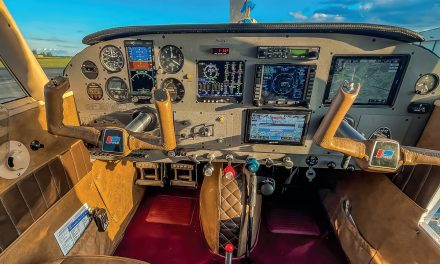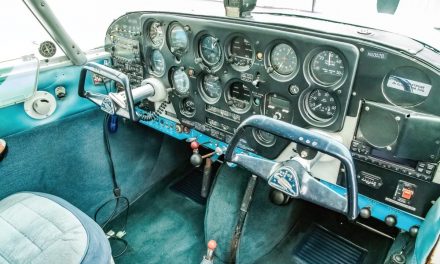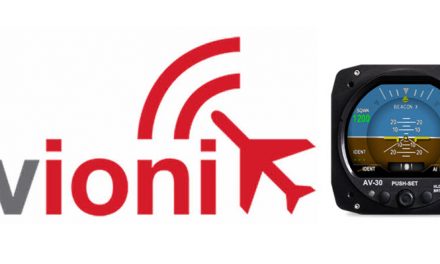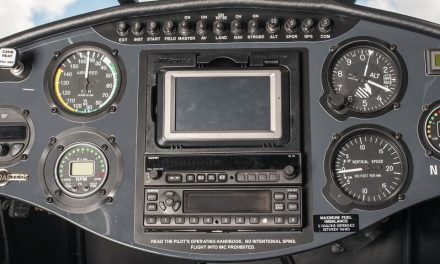In my October 2023 Pipers magazine article on Personal Minimums, I mentioned as the result of affordable WX and Traffic from ADS-B, that Active WX and Traffic products for the serious IFR pilot were being minimized. Certainly, ADS-B is more than enough for the VFR and Light IFR pilot, but when the flying gets serious, an active WX or Traffic device is frankly, better. Let’s look at how these options work and what is available today for the True IFR or Business pilot when “active” equipage makes sense.
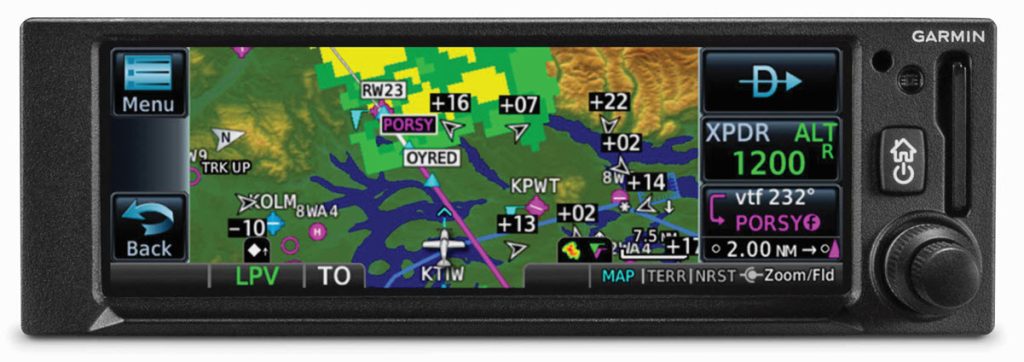
ADS-B
When you look at the photo above, you might get the impression that ADS-B in the US is primarily satellite based, but in fact, much of the benefit of ADS-B comes from the ground. This starts with data from your WAAS GPS: accurate position and groundspeed. This, along with identification and flight status information is transmitted to ground-station receivers using a datalink transmitter in the form of either a Mode S transponder (on 1090 MHz) or a universal access transceiver (on 978 MHz). This provides much more accurate and timely data to ATC than traditional radar systems, with the final goal being to reduce separation between aircraft and increase efficiency.
Aircraft with ADS-B “IN” capabilities can receive this information either directly from other aircraft, or via the ground stations which re-broadcast it with position data for non-ADS-B-equipped aircraft having a transponder and within radar coverage included. Aircraft with UATs or portable ADS-B receivers, vs. Mode S transponders, can also receive free WX transmitted via the ground stations.
In my opinion, the dependence on ground stations here is the weakness. It introduces issues of range and altitude where “space-based” systems, like that in Canada, don’t exist. While the rest of the world has chosen 1090 MHz Mode S Transponders, the present UAT option is unique to the US, as is free WX and Traffic. However, other countries are talking about adding the WX/Traffic option (UAT?) at some time.
Anyway, you look at it, with ADS-B, your traffic and weather data come to you via a complex system dependent on satellites and ADS-B ground stations. You can also receive the benefits of aviation weather through subscription services. Do not confuse those with “active” technology.
Active WX and Traffic Technology
Before ADS-B was an option, if you wanted WX and Traffic in the cockpit, your only choice was the early passive systems or an Active WX or the later introduced Traffic system. VFR pilots or even those flying light IFR would find these options financially unreachable in most cases. Instead, they often looked to cheap, portable units like the Zaon or Monroy portables that promised to show the traffic. I reluctantly sold a lot of these, which ultimately gave pilots a false sense of security.
Those that fly True IFR, and especially those that fly for business and spend a lot of time deep in WX and the ATC system, often find they need the peace of mind that comes with knowing where all the traffic and WX is hiding by using Active WX and Traffic systems that are not dependent on ATC, rebroadcasts, or ground-based technology.
Active Weather
The rest of this article can be seen only by paid members who are logged in.Have a website login already? Log in and start reading now.
Never created a website login before? Find your Customer Number (it’s on your mailing label) and register here.
JOIN HERE
Still have questions? Contact us here.

